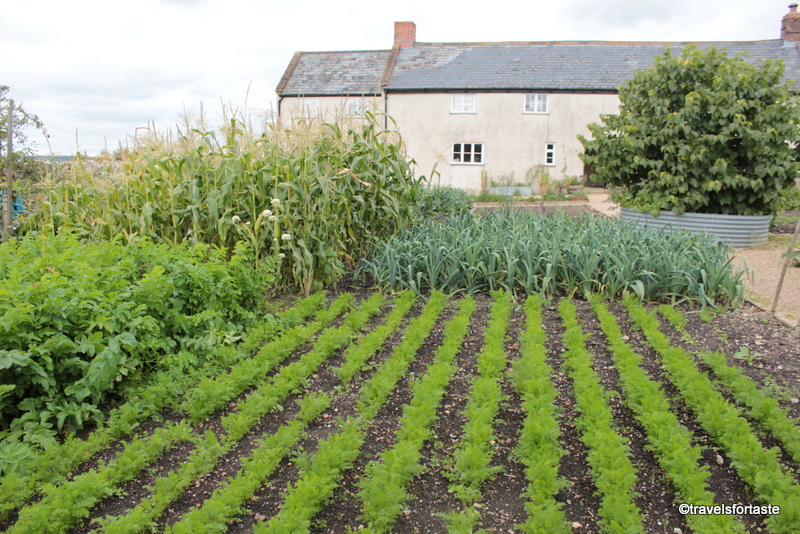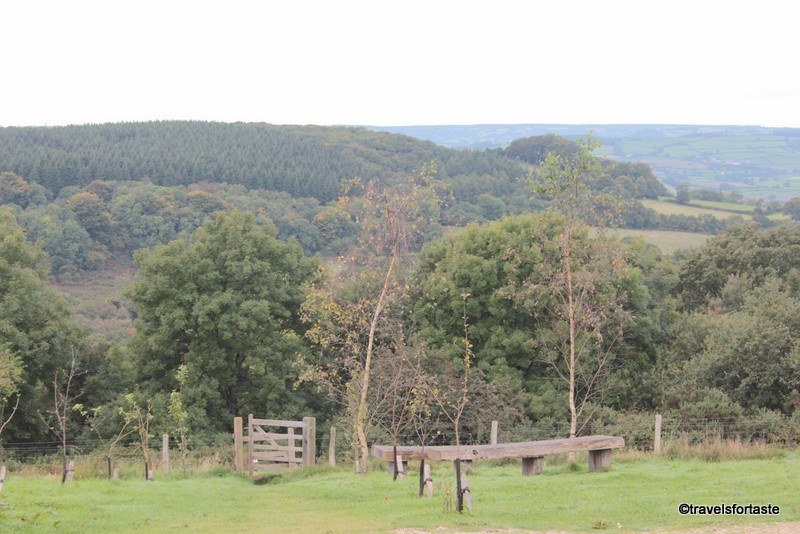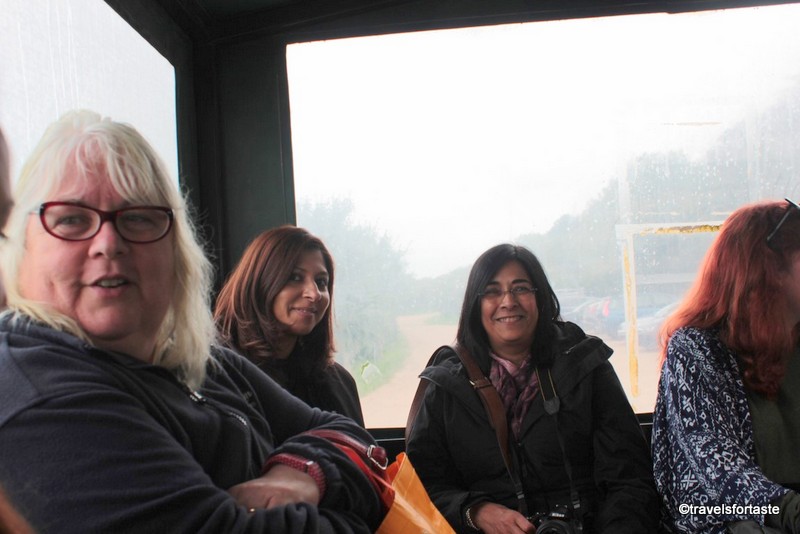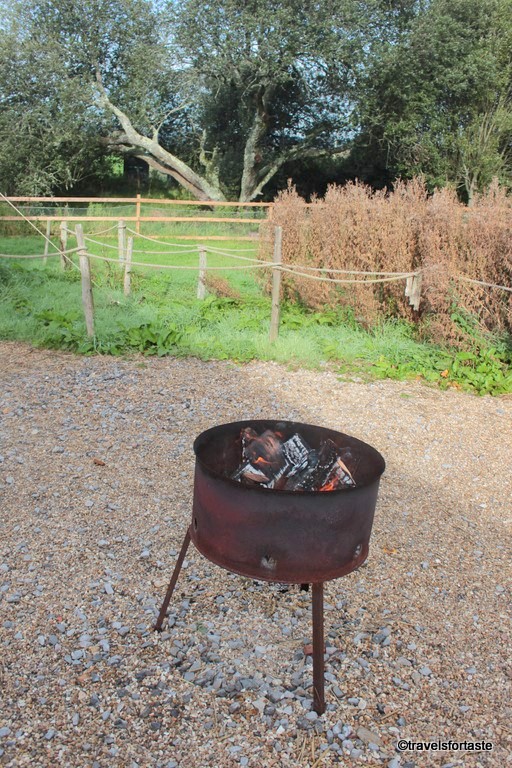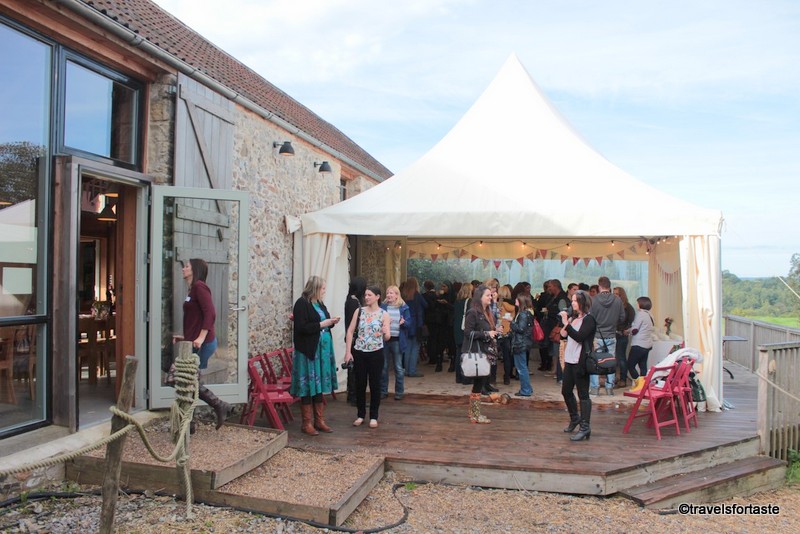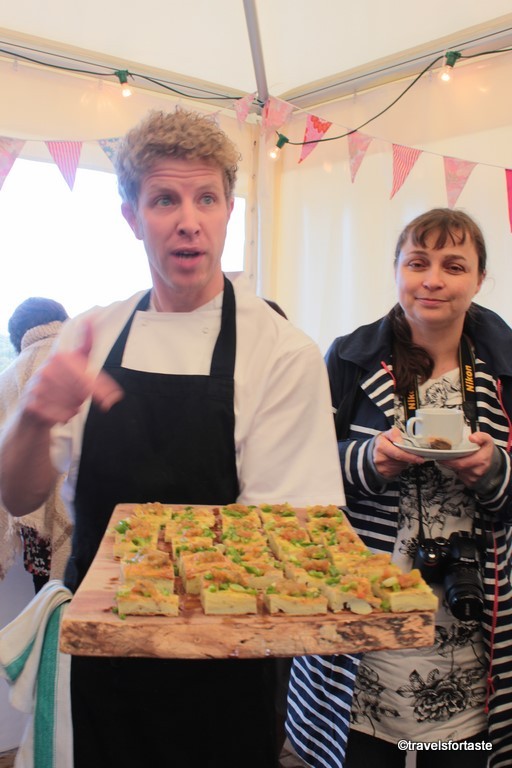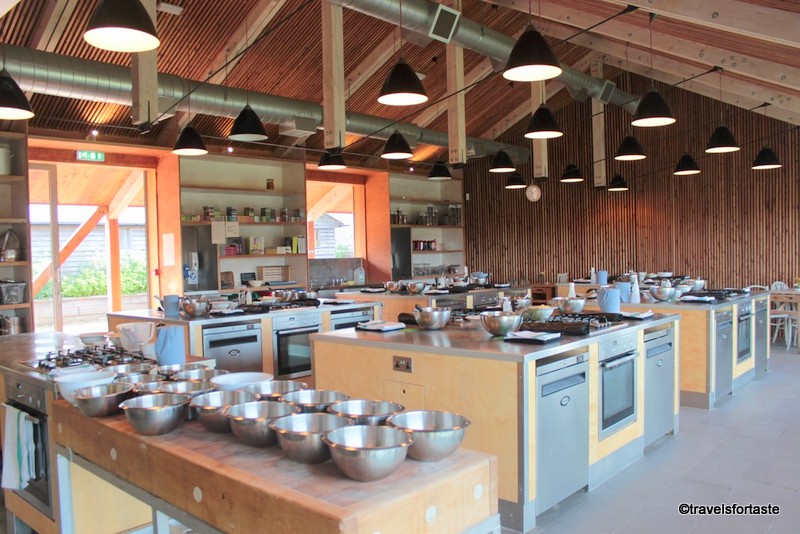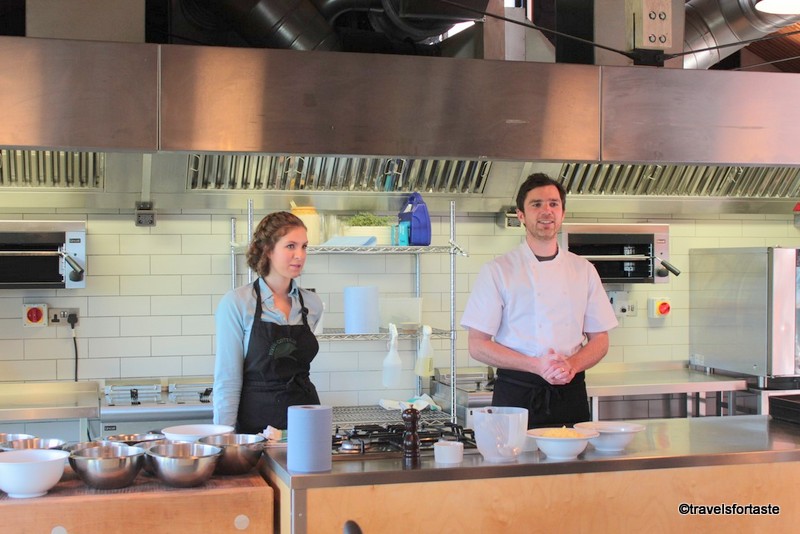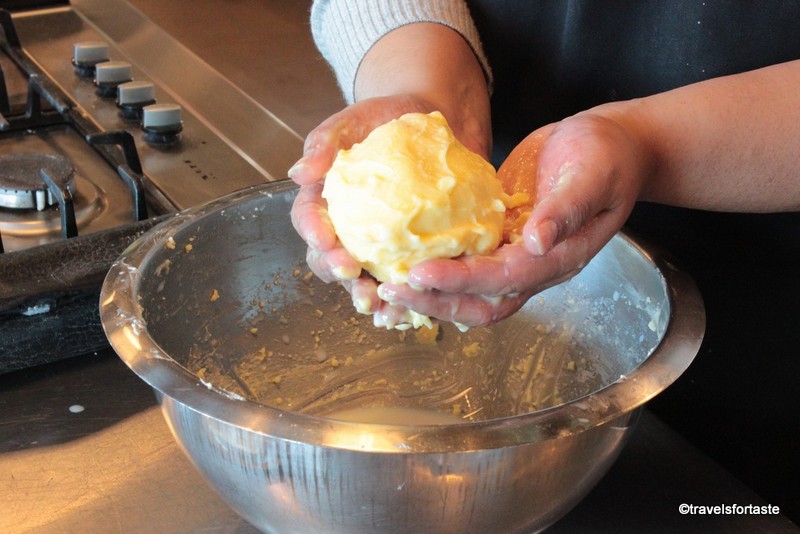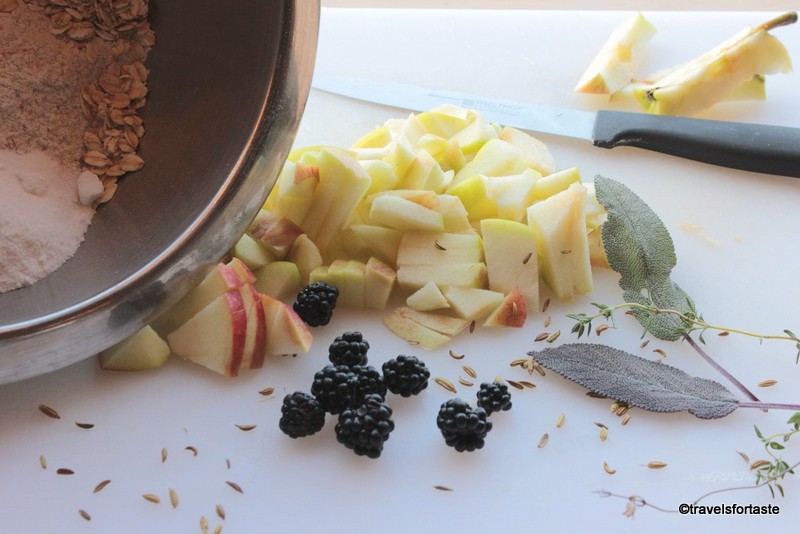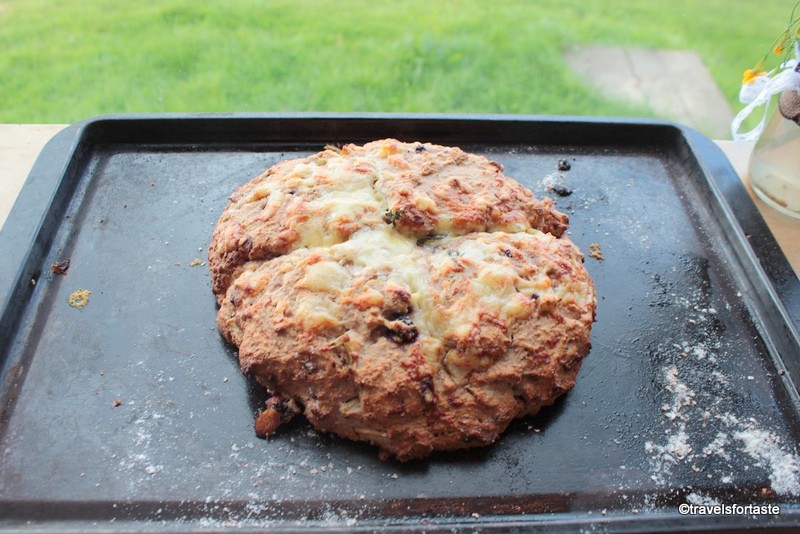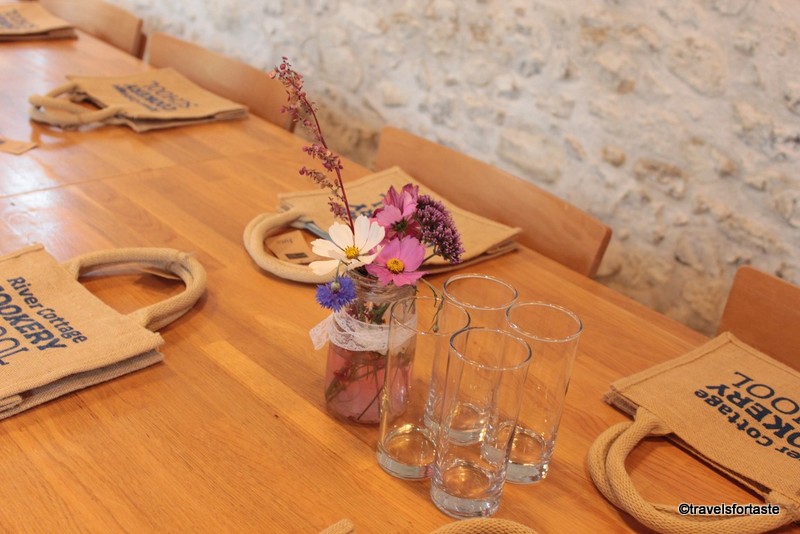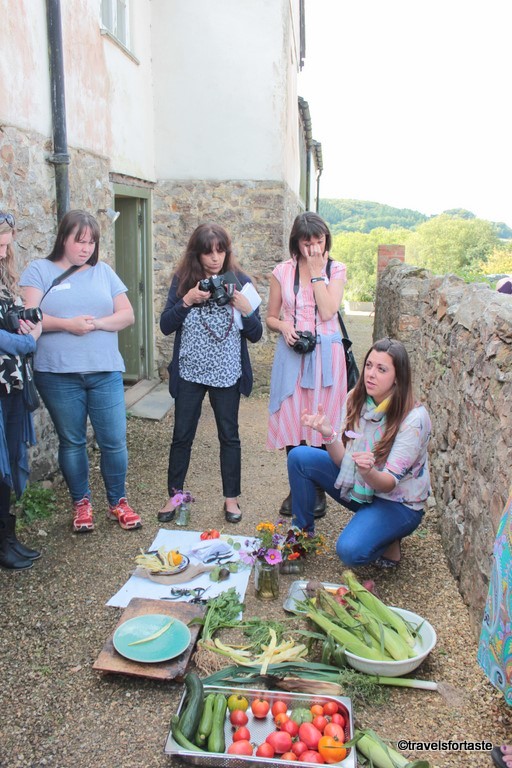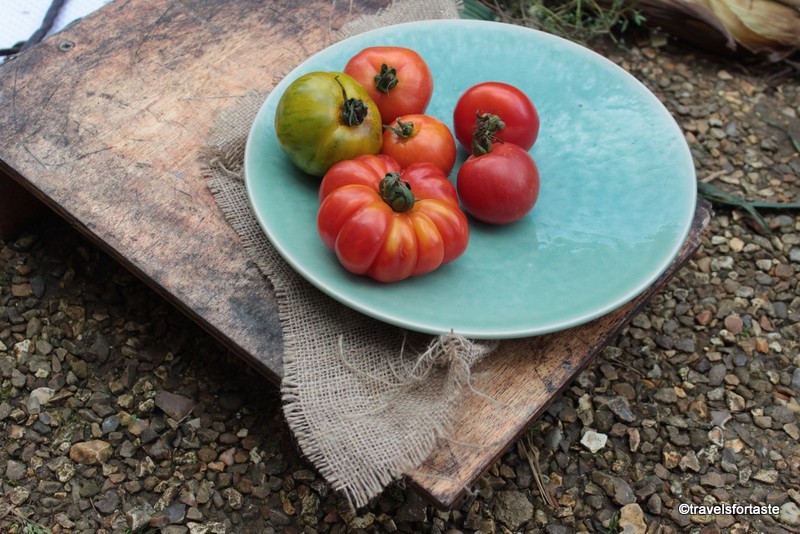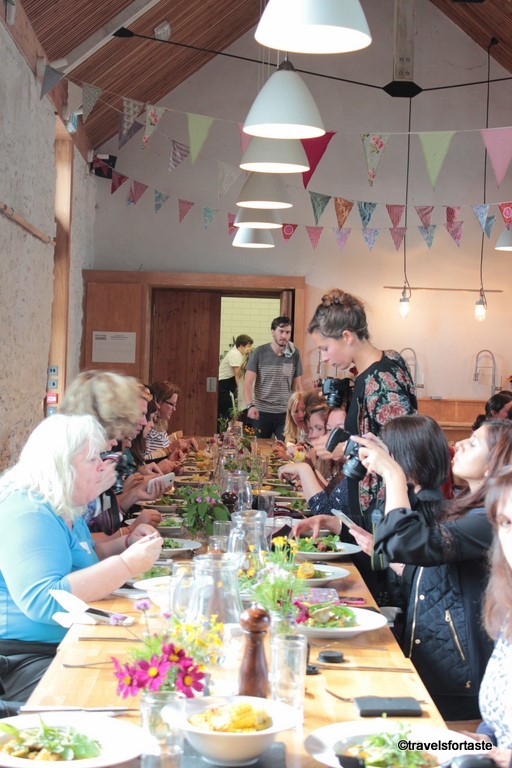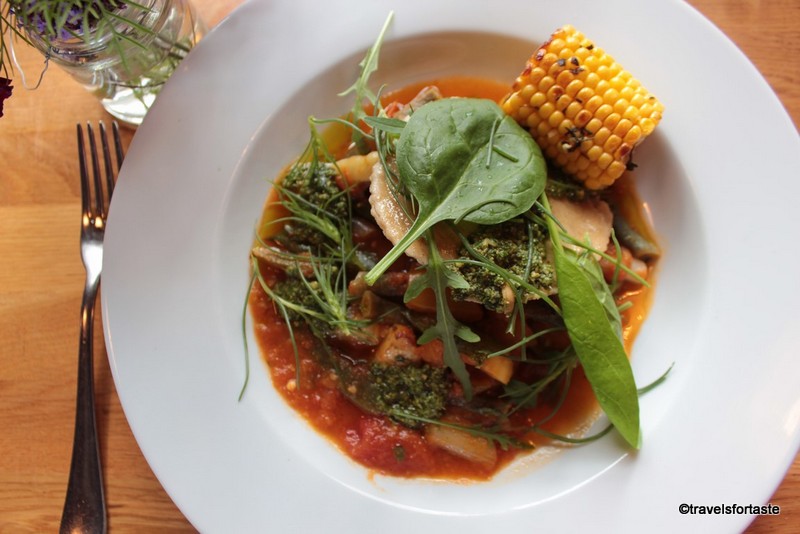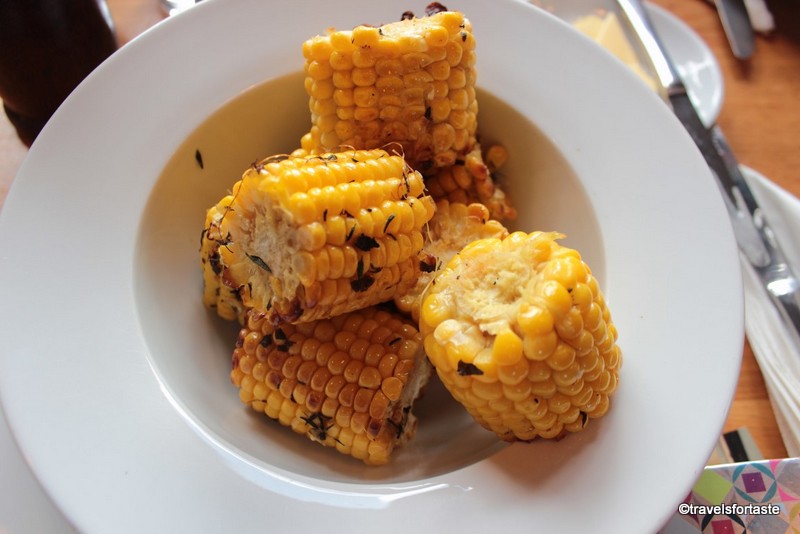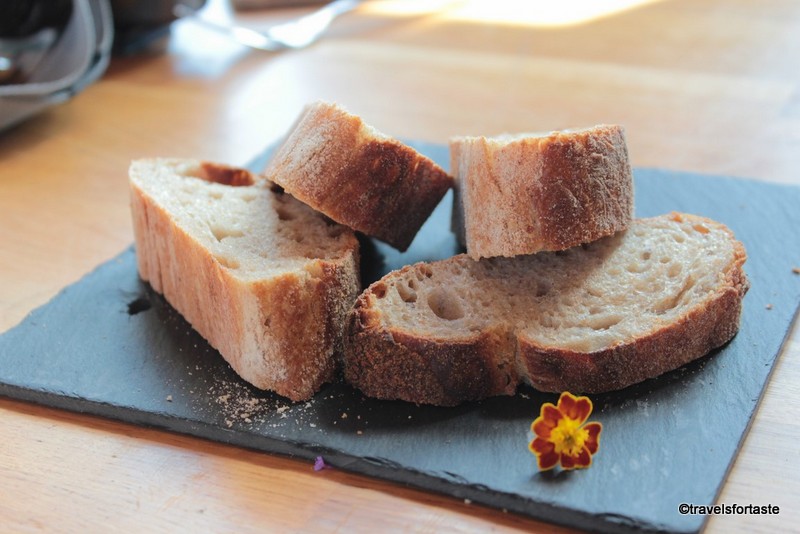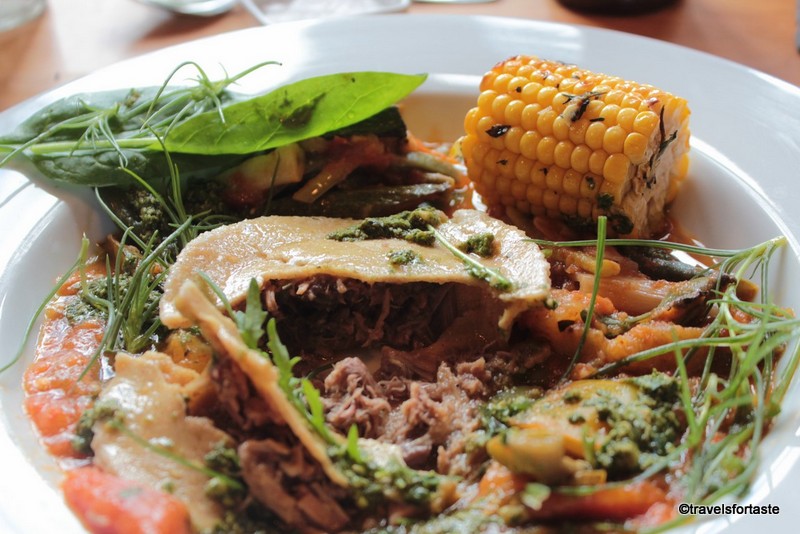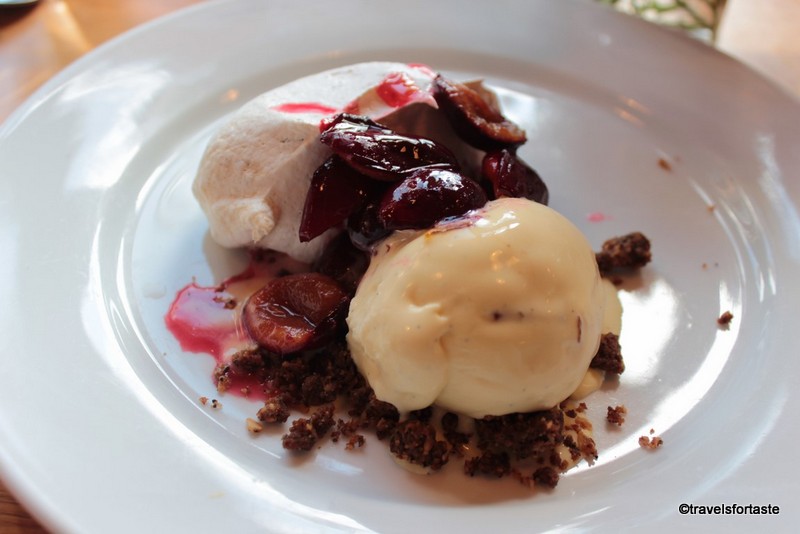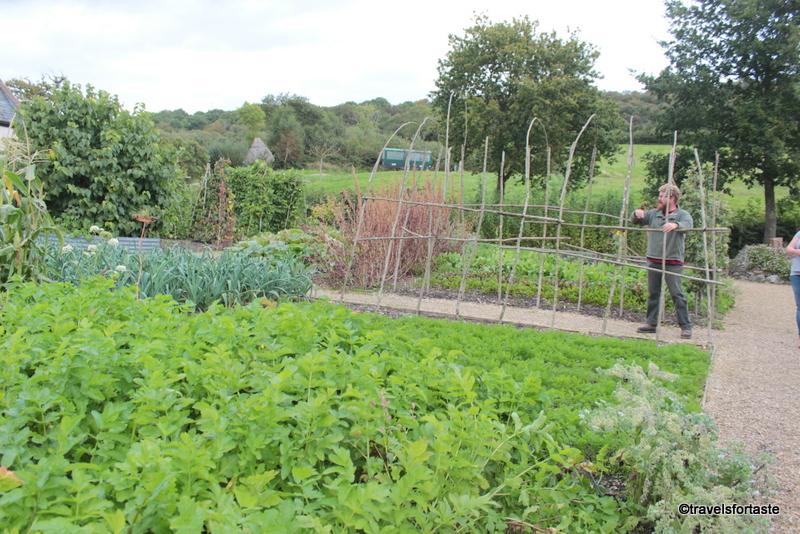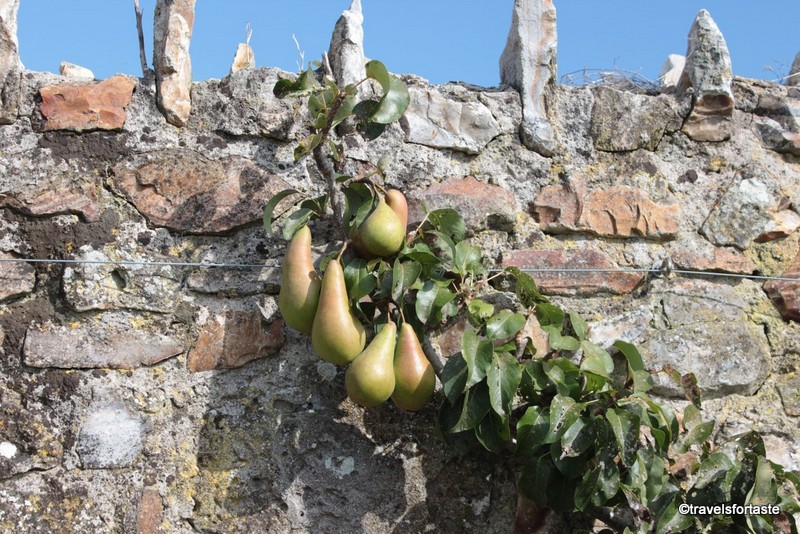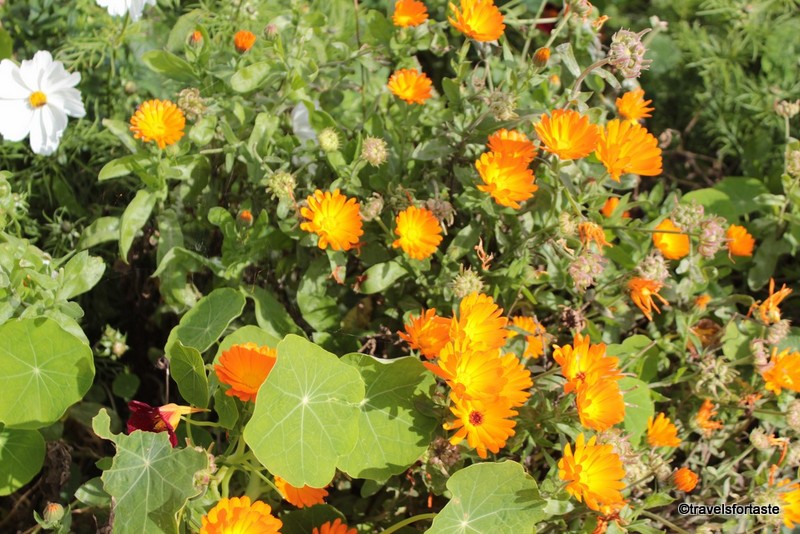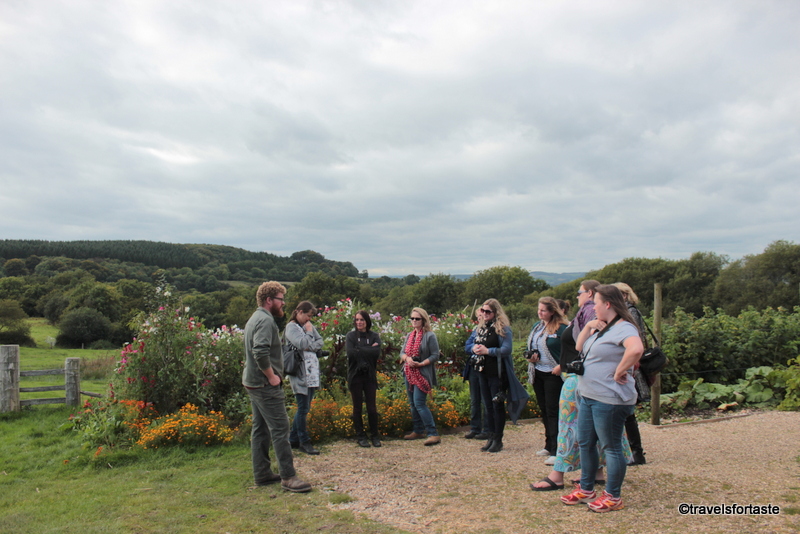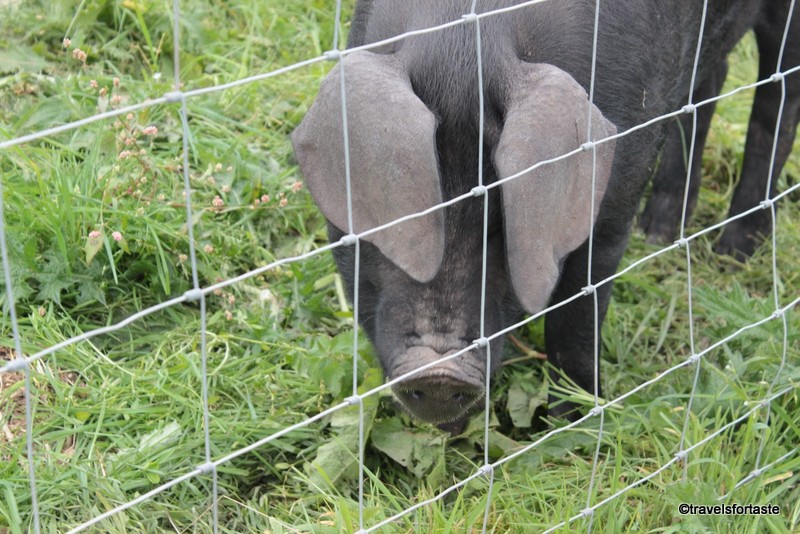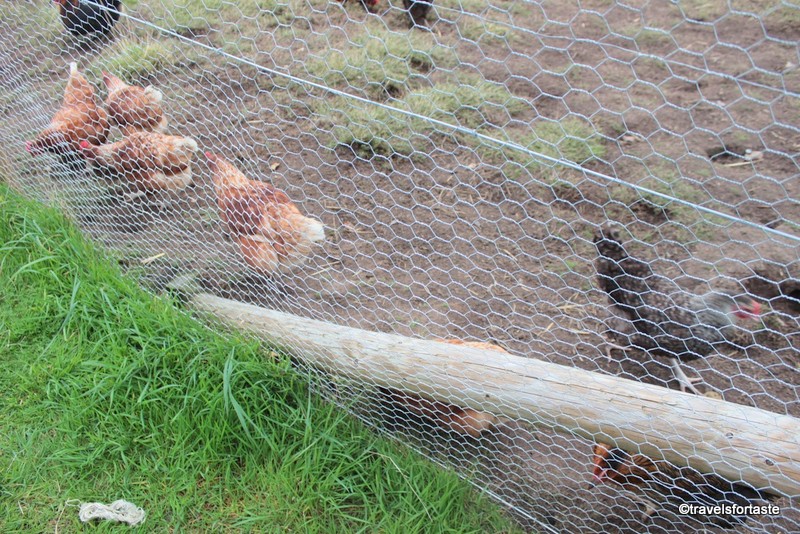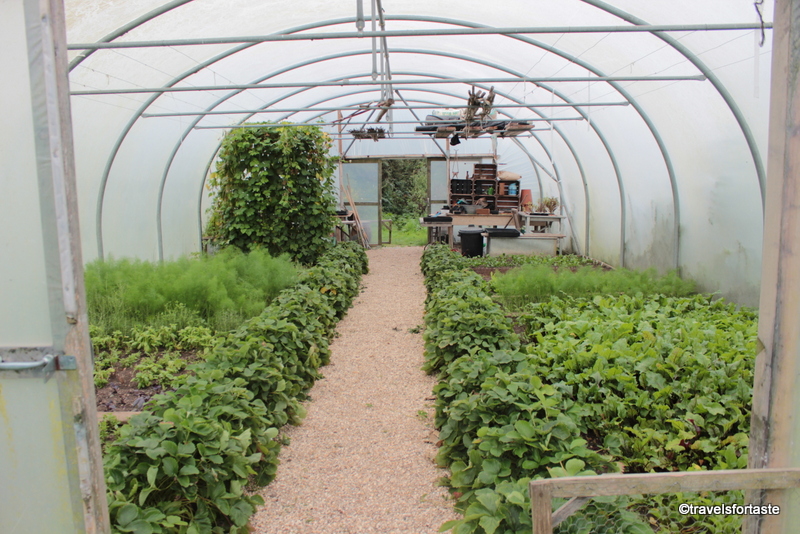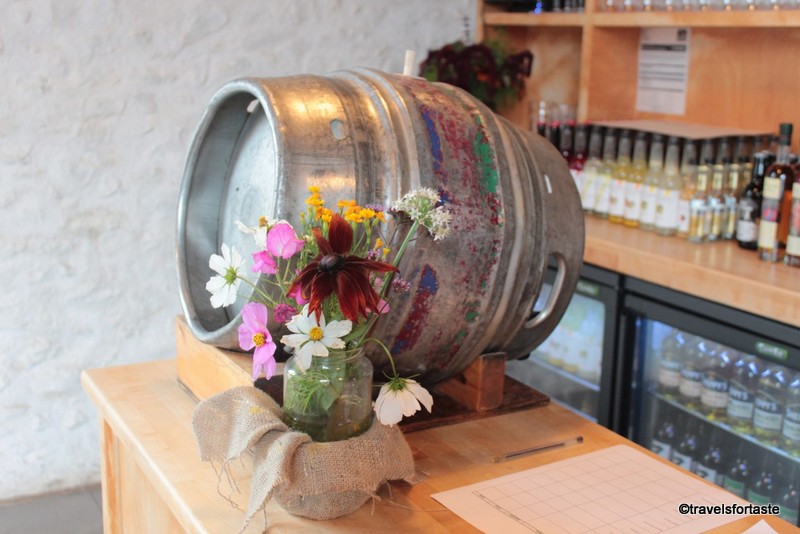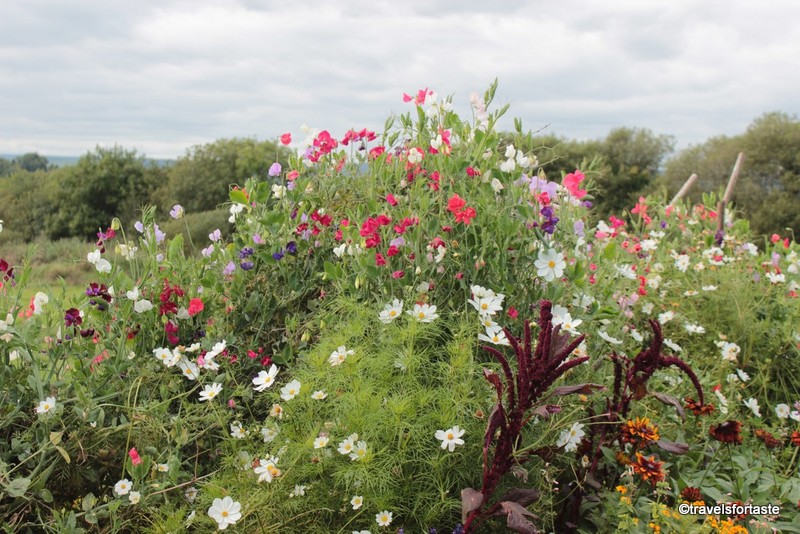Farm visits are a great way to spend a sunny day outdoors exploring, learning and eating al fresco. In preparation for my press trip to Happy Eggs farm at Tring, which I leave for today, I decided it was time to re-live some happy memories of last year’s blog camp at River Cottage HQ. It was by far the best day out and short break of 2015 – A mini staycation in Axminster with some friends and a packed day full of great sessions at blog camp on a farm in the picturesque countryside.
Summer this year has been good so far with the weather really holding up. I do hope the weather is just as glorious for the next two days at least as it was last year when I went and spent a whole day at River Cottage. I am ignoring the fact that we have had a really gloomy start today with big scary grey clouds looking over London and a rather wet and chilly evening last night – Gaaaahhh!
Visiting River Cottage HQ for a day out, is an excellent idea, especially for fans of Hugh Fearnley-Whittingstall’s famous TV cookery show. My blogger friends Heidi, Nayna, and Tina decided to make the most of this opportunity Blog Camp by Foodies 100 and booked ourselves into B&B called Millwater House in Axminster. (Sylvia who blogs at Happiness is homemade was busy and couldn’t join in the fun but we missed her dearly!) With plans to not just experience a day out in the gorgeous River Cottage, we also made plans to visit the Lyme Regis and drink in the sights and sounds of Devon.
To kickstart our day packed with a kitchen tour, cooking workshop and photography and blogging workshops all of us made our way to the farm in a large tractor. Yes, the said tractor ferried us in groups from the massive car park area which has sweeping views of the countryside, up the hill to the beautiful grounds. They house a charming 17th-century farmhouse, cookery school and a massive kitchen garden, a yurt and a sprawling few acres of grounds housing all manner of farm animals.
Inside the yurt a log – fire welcomed us while we were divided into groups. Settling onto bales of hay we got a chance to mingle while the day’s plan was explained. But before all the ‘hard work began we were treated to some freshly made canapes, pastries and piping hot cups of tea and coffee- after all, what use is a hungry soldier?
Group Cookery Demo at River Cottage
My group started with the cookery demonstration and demo with Chef, Gill Mellor. We made butter and used fresh herbs to flavour and garnish. I used the butter at home for many weeks and it was always great fun because it brought back memories of my mum making ghee at home and sneakily using the by-product into various dishes later.
The process of making butter from cream was fairly simple and I choose not to use any fancy equipment. It does take some effort but its well worth it. The buttermilk which is produced during this process went into the soda bread dough. I went a bit mad with the soda bread and added all sorts of delicious things like honey and berries and herbs into the dough. We left the butter to set in the fridge and the soda bread to cool by the huge windows.
Doesn’t that vase look lovely? The pretty flowers used in vases come from the grounds and are arranged in vases of all shapes and sizes, spread all over the farm this rustic styling adds a very homely and welcoming touch.
Photography session with Lucy
After the cooking session, it was off to practise our food photography skills with Lucy. Lucy’s blog Capture by Lucy is a visual treat and she shared a wealth of knowledge with us all the while patiently answering our many queries. We practised styling fresh produce with flowers and cutlery and various light settings.
By then we were famished and I was relieved that as we trooped into the large dining hall, we all needed a rest and those gorgeous aromas wafting around had us salivating. So when the mains were served everything went quiet for a while as we hungrily wolfed down our food. It was a great opportunity to catch up with other bloggers between courses and I was glad to see so many familiar faces. It was nice to be finally able to put faces to the names of all the bloggers I ‘meet’ almost daily in cyberspace.
Lunch at River Cottage
The beef ravioli was melt-in-your-mouth delicious and was served with summer vegetables. I think we first ate with our eyes – what a pretty plate and the aromas floating around were thanks to the 36-hour slow cooking treatment given to the beef. Naturally, all the produce used came from the farm. Without a doubt, this is the best ever ravioli I have ever eaten – can’t get a better farm-to-fork plateful, I guess! For sides, we devoured slices of freshly baked bread and generous portions of chilli-garlic corn on the cob slathered with swirls of golden butter dripping off the sides, as it melted over the warm corn. Ummm utterly delightful.
If that didn’t send me into a food induced coma of absolute happiness then maybe it was the gorgeous dessert that followed. Again brilliant plating, for the coffee flavoured ice cream (my absolute fav flavour – yay!) with crunchy salted caramel, served with meringue infused with delicate fennel, topped with juicy and moreish roasted damsons, crumble and finally slathered with runny honey. Passport to food heaven I say!
River Cottage Kitchen Garden Tour
Tummies full, soul satisfied, we walked out, our batteries recharged, ready to take on the kitchen garden and grounds tour.
Head Gardener, Will Livingstone explained how the farm is a self-sustaining ecosystem in itself. A living model of sustainability and growing and consuming local produce the variety of vegetables and fruits produced here is mind-boggling. During this guided tour he gave great tips on growing organic. The best tip he gave which is ingrained into my brain is to plant other plants next to the vegetables so that the bugs can munch on them for example – garlic.
The produce from the farm feeds a mind-boggling number of people every year at the various events and cookery classes that are held regularly. Whatever the farm cannot provide is sourced from neighbouring Trill farm and other local producers. No wonder then that they are organic certified as accredited by the Soil Association and are managed under Countryside and Environmental Stewardship; schemes run by Natural England. And this 1.5-acre farmland and the team managing it are also proud to be ambassadors of the East Devon Area of Outstanding Natural Beauty.
After the kitchen garden tour, we met the pigs and the hens who became overnight Instagram celebrities thanks to our group of camera trigger-happy bloggers.
It was then time to say our goodbyes and head back to our quaint B&B but not before a bumpy but fun ride in the massive tractor – an unforgettable experience.
The team at Foodies 100 and the one at River Cottage cannot be faulted for their organisation skills, their generosity, and of course their wealth of knowledge. To find out what’s happening now at the River Cottage check out their events calendar. I cannot think of a better day out, especially as a corporate team-building exercise than going to River Cottage HQ.
Looking for Travel Inspiration around London or other parts of the U.K, then have a browse through my travel posts below:
- An insider’s guide to London Bridge and the surrounding area in Central London
- Top 5 places near London for the perfect day out with family
- Borough Market, London’s iconic market steeped in history
- Portobello Market, Notting Hill, London – an insider’s guide
- Neighbourhood guide to Angel, Islington, London
- England’s largest Vineyard – Denbie’s Wine Estate, Dorking, Surrey
- Exploring Guilford town and River Wey Valley, Surrey Hills, England
- Weekend Getaway, Southampton, England
- Christmas Lunch at River Cottage
- Five Bells Inn, Aylesbury, Weston Turville, England
- A week in North Wales – Southstack Lighthouse and Cemaes Bay
*With thanks to Foodies100 for organising such a fabulous blog camp event and the talented team at River Cottage for an unforgettable experience. As always all opinions expressed are as always my own. No incentive was provided for a positive review.
